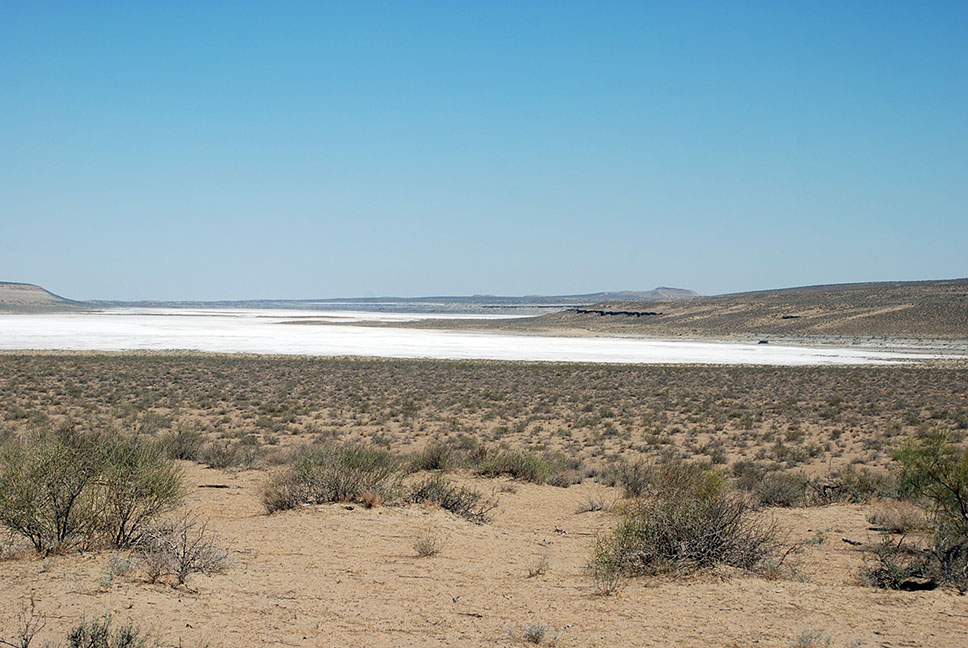The Caspian Sea
Around five and half millions years ago, due to the tectonic movements and sea level changes, the Caspian Sea became the landlocked remnant of the ancient Paratethys Sea and Tethys ocean.
Now, itis the largest lake in the world or inland closed sea. Being between Europe and Asia, the Caucasus Mountains and vast deserts of Central Asia, the Caspian has the surface of 371,000 square km (excluding Garabogaz Gol) and 78,200 cubic km of water volume. The biomes are surprisingly varied along the Caspian Sea; it is around 1,030 km long and 435 max- 200 min km wide, divided into three parts. The Northern part has the shallow waters, mainly 5-6 m deep, having only about 1 % of total water volume. Coming down to the south, the Middle part of the Sea as deep as 190 -211 m, making 33 % the water volume. Finally, the Southern deepest part bellow 1,025 m, and 66 % of the water volumes. Altitude – 22 below sea level, the Caspian Depression in the northern area of the Caspian Sea is one of the lowest points on the Earth.
The north and east have continental deserts, hot summers and cold winters. The south and southwest are mainly warm with different mix of highlands and mountain ranges. The vast changes in the climates lead to the great biodiversity in Caspian Sea area. The main north inflow makes the Northern Caspian waters almost fresh; it became brackish in the Middle part and finally the most saline in the Southern part at Iranian side where the sea inflow is minimum. Totally, the Sea salinity makes one third of the Ocean salinity level (Except the Garabogaz Bay where the salinity exceeds 10 times).
Over 130 rivers flow into Caspian. The largest are Volga, Ural and Kura rivers. In the past, also Amu Darya – Oxus (via its riverbed - Uzboy) and Syr Darya rivers flowed to the Caspian, but since that, time changed its courses. The sea has numerous islands groups. The largest Ogurja Ada (37 km long), the Tyuleniy Archipelago islands.
Historically, in the ancient times, the sea known as:
Hyrcanian Ocean after the historical name of the Hyrcania region (the region around the south shores of Caspian, and to the east along the mountains in Iran and Kopet Dag mountains in present day Turkmenistan).
The former Arabic name – Qazvin Sea, after the Iranian city – Qazvin.
The Iranians call it sometimes as Mazandaran Sea.
The Turkic people named it as Khazar Sea, after the name of Khazar empire around the northern part of the Caspian, in 7- 10th century.
The Turkmen name is Hazar Denizi.
The name of Caspian coming from the ancient people – Caspi who had lived in Transcaucasia (probably migrated to Iran).
Since 1991, five countries divide the Caspian Sea: Russia and Iran, Kazakhstan, Azerbaijan and Turkmenistan.
The sea level has been fluctuating for many years. It has fallen and risen, often rapidly, many times in the past. One of the reasons may be the water diversions and dams and unexplored underground water streams.
In the last 10 years, the Caspian level is around minus 26.5 m and relatively stable. This trend can be reverse, as the increased rainfall in the northern parts of Caspian basin increase water flow in the Volga and Ural rivers and it may contribute to sea level rise (this suggest some experts but not yet confirmed).
Satellite and meteorological data show that the extent and duration of sea ice, which covers around 70-75 % of the northern Caspian Sea area in the winter, is declining. The milder winters with higher temperatures, influence the extent of ice, making it smaller than usual during last 10 years.
